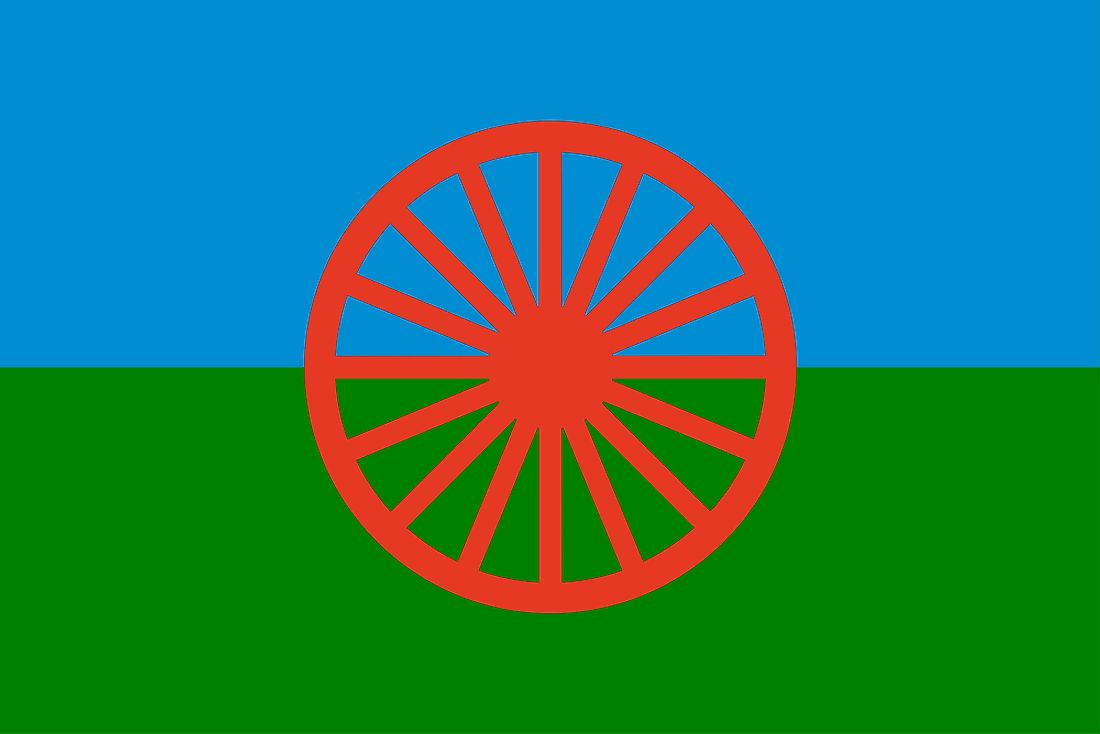Nomads And Nomadic Lifestyles

Nomadic people refers to mobile populations that move from one location to another in search of food for themselves or grazing land for their livestock. Nomads are different from migrants since migrant populations move from one location of permanent settlement to another with the aim of finding a better lifestyle or working opportunity in the new settlement. Over the years, the number of nomads has decreased significantly. The spread of agriculture, industrialization, and enforcement of international borders have greatly restricted the mobile lifestyle of the nomads. Also, people in settled communities look at the nomads with suspicion. Thus, nomadic populations have become endangered over time.
Three kinds of nomads exist in the world today as described below:
3. Nomadic Pastoralism
Nomadic pastorialism refers to a type of lifestyle where mobile populations move from one place to another in search of grazing ground for their livestock. These nomads practice animal agriculture as their primary source of living and seasonally migrate to favorable locations in search of pastureland for their animals. They rear livestock for both primary product (meat) and secondary products (milk, wool, hide, etc.). Nomadic pastorialists often remain sedentary for long durations if conditions are favorable and move only when resources become limited in their area of residence.
There are about 30 to 40 million nomadic pastorialists living in the world today. The Sahel region of Africa and the arid regions of Central Asia hosts a large section of these nomads.
The Bedouins of the Sahara and the Arabian Desert are a perfect example of nomadic pastorialists. These people are known to travel with their livestock and camels across arid desert landscapes with the aim of finding grazing land for their animals. However, increased desertification of land and overgrazing has forced these nomads to settle down and move closer to the cities. Governments of the countries where they live also try to help these people gain access to better living conditions, homes, and education.
2. Hunter-gatherers
Nomadic hunter-gatherers lead a very basic lifestyle where they move in search of animals to hunt as food or gather edible plant parts for consumption. Before humans started practicing agriculture and led a sedentary lifestyle, hunting-gathering was the only way of living. However, later cultivation of crops in the cultivable lands of the world allowed humans to have permanent settlements. The hunter-gatherers of the modern world are mostly remote and isolated populations who have little contact with the modern world. Prior to the arrival of the Europeans, many indigenous tribes of North America and Australia were nomadic hunter-gatherers. However, they were forced to settle down in reservations set up by the Europeans that restricted their nomadic lifestyle.
Currently, several groups in Africa, northern parts of North America, and northern Europe can be classified as nomadic hunter-gatherers. The Bushmen of Southern Africa are traditional hunter-gatherers. It is estimated that these people have inhabited the region for 22,000 years and number around 82,000. Recently, large parts of the land where the Bushmen once roamed have been acquired by the government for game reserves or cattle ranches which have restricted the movement of these hunter-gatherers.
1. Peripatetic Nomads
Peripatetic nomads are nomadic groups or mobile populations that move between places offering trade or services to the settled populations in such places in return of money or goods. This type of nomadic people are mainly found in the industrialized nations of the world.
One of the best examples of such peripatetic nomads is the Roma people. This ethnic group of nomads commonly referred to as the pejorative “gypsies” are found in parts of Europe, Asia, Latin America, and the southern US. Their origins can be traced to the Indian subcontinent. Different sections of the Roma people were skilled in various arts and crafts like singing and dancing, bronze and gold work, agricultural work, circus entertainment, etc. As they moved from one place to another, they would offer their skills to the permanent populations of the region as a way to earn a living.











